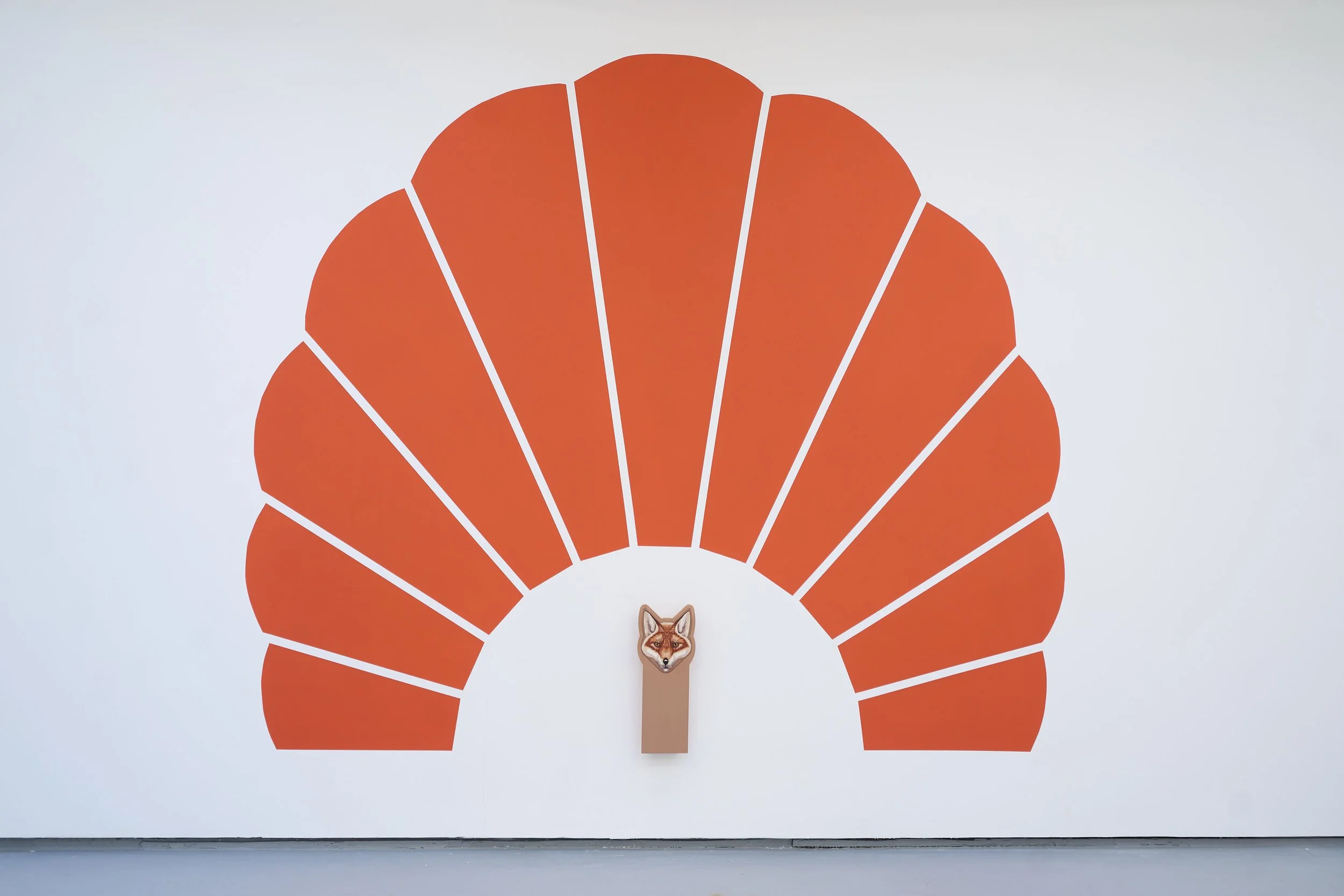Cette exposition de matali crasset à la galerie Philippe Valentin, en collaboration avec la galerie MICA x LAB convoque le vivant : elle se présente en deux parties qui prennent place dans les deux espaces de la galerie, elle matérialise deux lectures récentes d’écologues.
« Si nous vivons dans un lieu corrompu, où tout ce qui entre en nous est corruption, tromperie, le fait de donner tout un coup à notre organisme une nourriture vertueuse, honnête, respectueuse de ce que la nature a de plus lumineux à nous transmettre, nous permet d’ouvrir en nous une clairière de possibles, un espace à partir duquel nous allons commencer notre œuvre de renaissance. Le pain 100 % nature joue parfaitement ce rôle puisque non seulement il réactive votre système immunitaire, mais il induit des pensées neuves, des pensées positives…”
Roland Feuillas, dans Roland Feuillas et Jean-Philippe de Tonnac, “A la recherche du pain vivant”, éditions Actes Sud Nature
Le premier espace invite la typologie de la panetière : cette architecture dédiée au pain au levain, ce monde vivant, est un hommage à la “house microbiota”.
La panetière (paniero en provençal), telle que l'on la connait, n'existe que depuis le 17ème siècle. Sa plus ancienne mention se trouve dans les archives municipales d'Orange et date de 1620.
Sur certaines panetières, la façade est équipée d'une porte qui permettait à la maîtresse de maison d'introduire ou de prendre le pain.
Cette sorte de tabernacle est caractéristique des intérieurs provençaux et son utilité perdura jusqu'après la Première Guerre mondiale, quand le pain — élément principal des repas d'alors — était encore fait par les familles chaque semaine, et cuit ou à la maison ou dans le four communal.
Comme il devait durer plusieurs jours, il était indispensable de le conserver dans les meilleures conditions. C'est pourquoi les panetières étaient suspendues à un mur au juste dessus le pétrin.
Le second espace reconstitue le bureau d’un écologue où se trouvent 3 projets de présence animale alternative à la taxidermie : des portraits d’animaux réalisées à la peinture à l’aiguille avec une artisane d’art de haute facture…
Enfin, dans un troisième espace, on est invité à pénétrer derrière le décor pour rencontrer la communauté MICA : les artisans de haute facture qui depuis de longues années forment une véritable communauté autour de Michael : un mode de fonctionnement situé et défendant le local.
The exhibition by matali crasset, titled "nous avons oublié le pain en chemin" at Galerie Philippe Valentin in collaboration with Galerie MICA x LAB, invokes the living.
Presenting a design approach in a gallery today means showing and sharing the reconfiguration hypotheses on which I am working to invite critical thinking together. The exhibition thus presents 3 parts distributed in three spaces. Each space is a manifesto followed by a materialization.
"If we live in a corrupt place, where everything that enters us is corruption, deceit, giving our organism virtuous, honest, and respectful food, which nature has to transmit to us, allows us to open a clearing of possibilities within us, a space from which we will begin our work of rebirth. 100% natural bread plays this role perfectly, as it not only reactivates your immune system but also induces new, positive thoughts..." Roland Feuillas, in Roland Feuillas and Jean-Philippe de Tonnac, "A la recherche du pain vivant" Actes Sud Nature editions.
The first part proposes a return to structures that made sense in our living relationship, specifically focusing on bread. This includes the Provençal breadbox that provided a dedicated place for bread in the domestic setting, associated with a kneading trough that, by becoming a table, invites people to gather around the bread. The Provençal breadbox (paniero in Provençal) as we know it has only existed since the 17th century. Its oldest mention is found in the municipal archives of Orange and dates back to 1620. Some breadboxes have a front door that allowed the mistress of the house to introduce or take out the bread. This kind of tabernacle is characteristic of Provençal interiors and its utility persisted until after World War I when bread — the main element of meals at that time — was still made by families every week and baked at home or in the communal oven. As it had to last several days, it was essential to preserve it under the best conditions. The existing is then retroactively activated or simply re-anchored.
The second room is dedicated to "what we are willing to give up" in the form of an anthropologist ecologist's lounge. It echoes our reflections on the world of hunting by proposing an alternative to taxidermy: portraits of animals made with needle painting by a high-quality artisan...
Finally, the third space highlights the "MICA x LAB ecosystem" with which I have collaborated for 15 years. Michaël Cheneau brings together craftsmen living in Brittany, creates situations to make projects and concretely establishes territory. It is about showing how, by creating a community, by inviting long-term collaboration... a resistance device is put in place, but also an anchoring of culture.



















